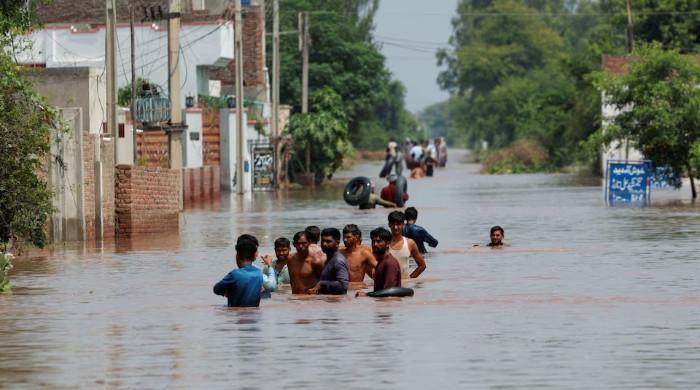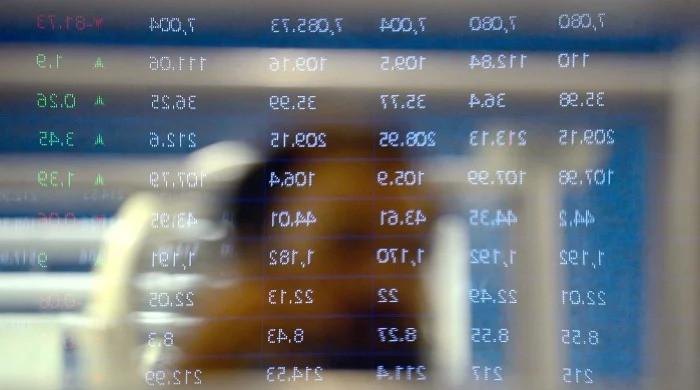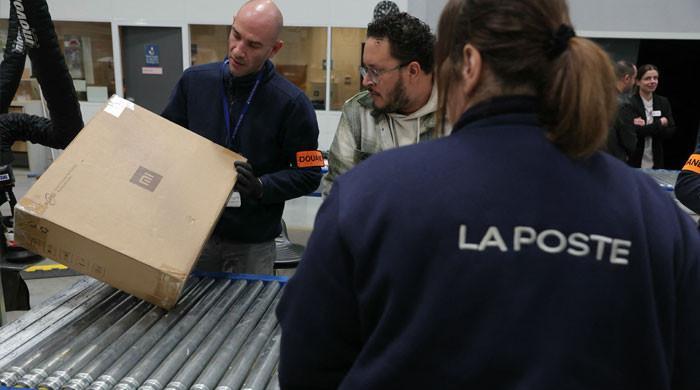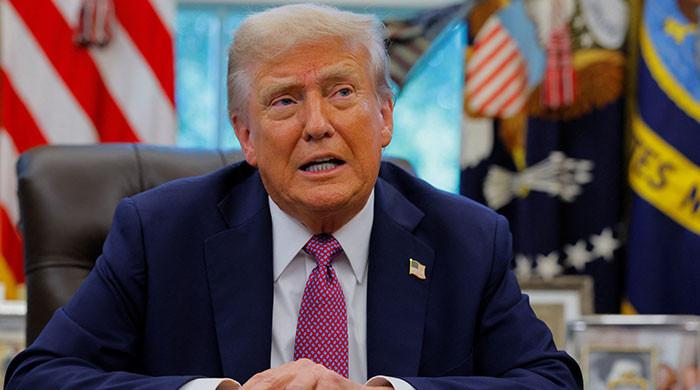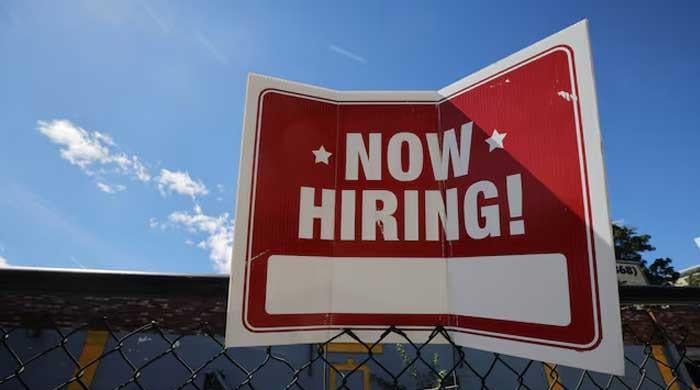As fuel prices decline, power base tariffs may drop by Rs2 per unit
Ministry of Energy anticipates this cut could trigger a 2.8% to 5% jump in power consumption
May 16, 2025
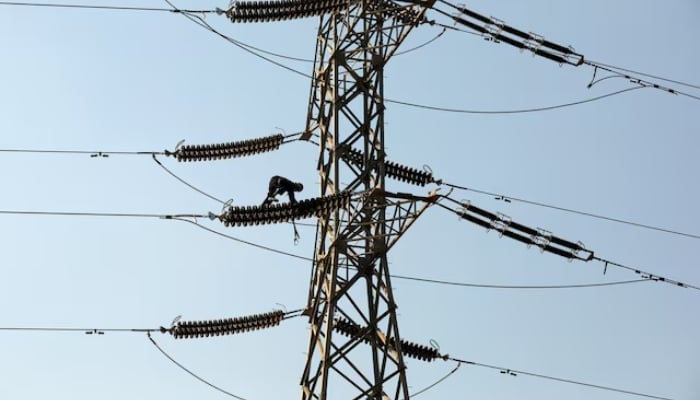
- Power tariffs may drop over Rs2, providing up to Rs400b relief.
- Power purchase price projected to fall to around Rs24.75/unit.
- Rupee is expected to average around 300/ dollar next year.
ISLAMABAD: As demand recovers and energy cost projections decline, Pakistan's electricity watchdog may reduce basic power tariffs by more than Rs2 per unit in the upcoming fiscal year beginning in July 2025, potentially providing consumers with relief of up to Rs400 billion, regulators said Thursday.
In a public hearing chaired by National Electric Power Regulatory Authority (Nepra) Chairman Waseem Mukhtar, the regulatory authority reviewed the Power Division's 2025–2026 projections, which predict that the current Rs27 a unit power purchase price will drop to as low as Rs24.75 a unit, The News reported.
The Ministry of Energy anticipates this cut — driven by softer fuel prices and improved operational efficiencies — could trigger a 2.8% to 5% jump in power consumption.
At the core of the case are assumptions tied to global commodity prices, inflation, and currency depreciation. The government projects the average per-unit consumer cost may slide to Rs6.8-Rs8.1, even as total fuel costs could climb as high as Rs1.28 trillion depending on macroeconomic variables.
The rupee is expected to average around 300 per US dollar next year. Officials countered that April saw a 28% demand surge, attributed to recent tariff reductions that lured industries back to the grid.
“If prices stay low and stable, demand will continue climbing,” they said, pointing to the International Monetary Fund (IMF)’s 3.6% gross domestic product (GDP) growth projection for 2026.




